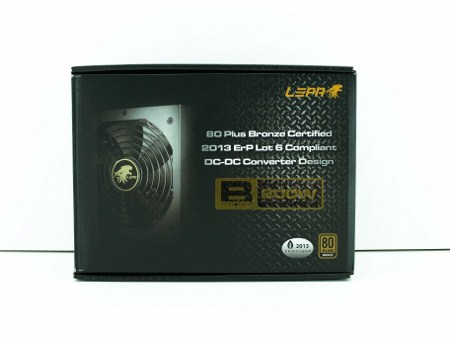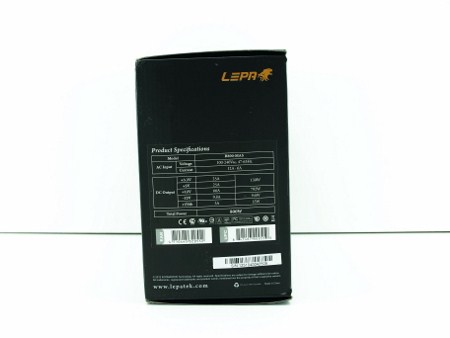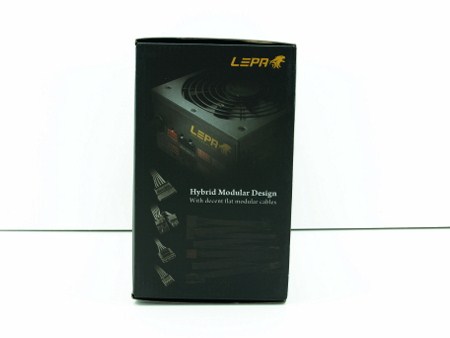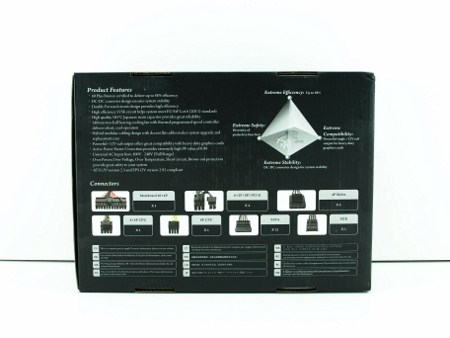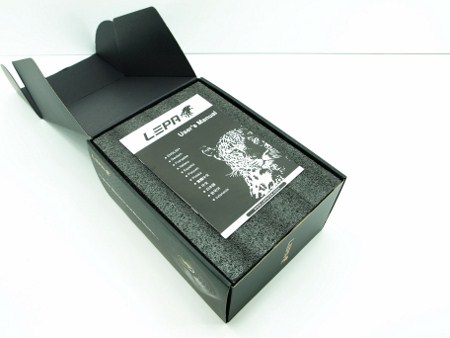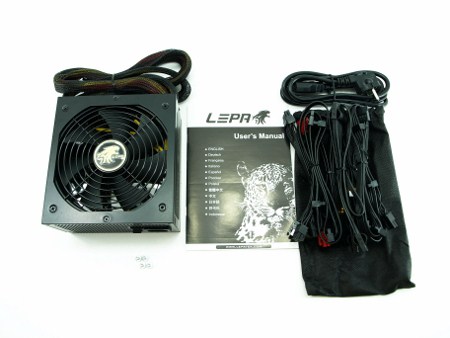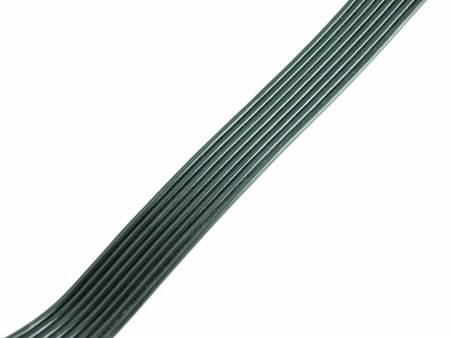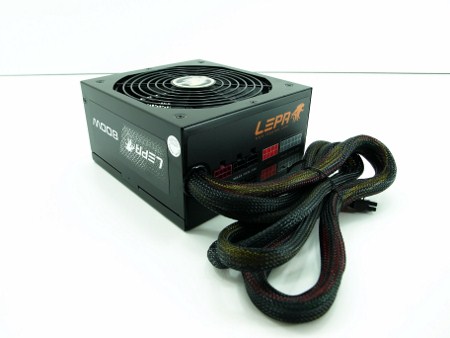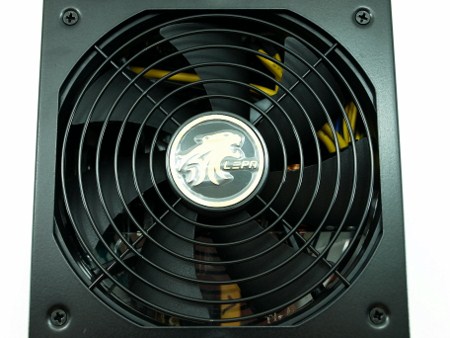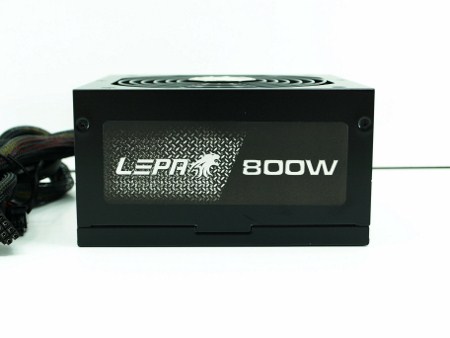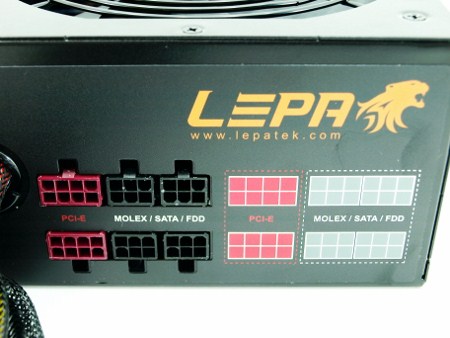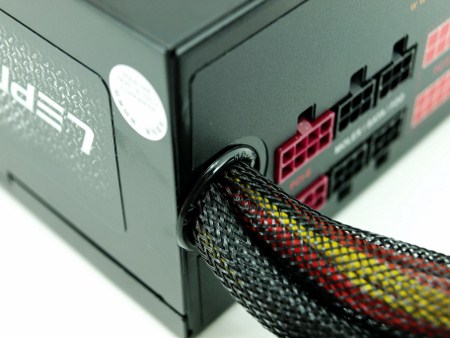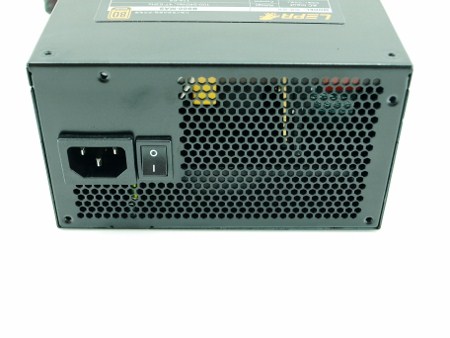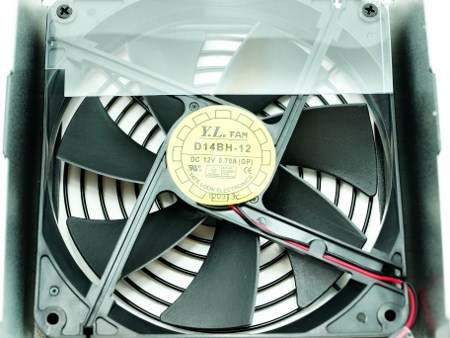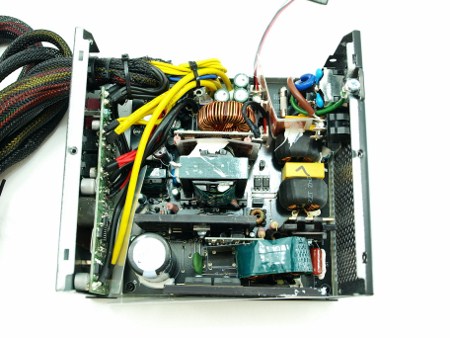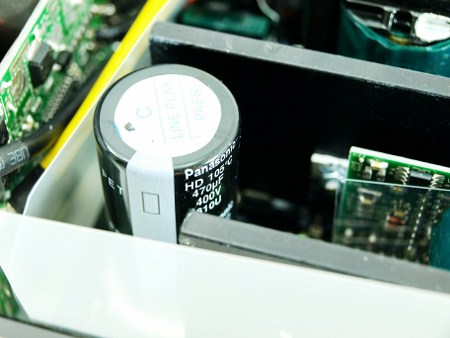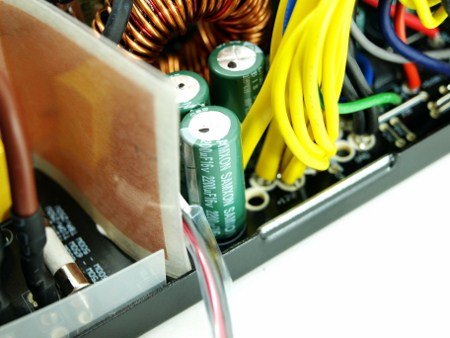INTRODUCTION
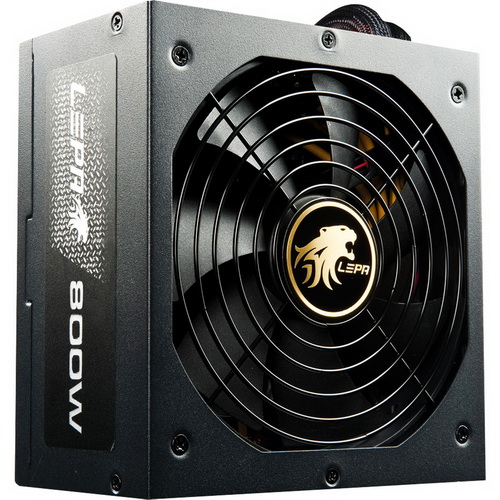
Power supply units (PSU) have always been considered to be the heart of a computer system which couldn't be truer since we all know how important having a good PSU is especially if you want to feed stable and clean power to a really hungry SLI/Crossfire system. The good thing right now is that compared to 10 or more years ago (most PSUs then were but cheap OEM units) there are many quality PSU manufacturers around that make a wide range of such products aimed towards every consumer in the market from entry level users and gamers to enthusiasts and overclockers. Amongst the older and best manufacturers in the field is without doubt Enermax and today we have a PSU launched by their sister brand LEPA the modular 800W B800-MAS.
In 2011, LEPA heralded the birth of a whole new rising star, shinning in the global computer hardware arena. LEPA was founded by a group of enthusiastic IT engineers with zeal about technological innovations. LEPA embodies the high standards of quality, performance and stability, and strives to provide consumers with more reliable, creative high-tech solutions. The mission of LEPA indicates - “to bring about top-quality, safe and reliable, and reasonably-priced high-tech products to global users”, we will keep staying at the forefront of technology and continue our innovation. We strive to introduce more state of the art, exciting and chic high-tech products to you.
Although LEPA is a very new company and has yet to close 2 years of life they have released quite a few impressive power supply units so far, largely thanks to the experts over at Enermax of course. The B800-MAS PSU we have here with us today is an 800W unit featuring an 80 Plus Bronze certification, DC-to-DC converter, ERP Lot 6 support, Japanese capacitors and low profile (flat) hybrid modular cables. Certainly an 80 Plus Bronze efficiency certification is nothing special nowadays but with this particular PSU model LEPA is aiming at gamers and overclockers who don't need something even more powerful and are always looking for the sweet spot between price and performance. Since however it's been over 8 months from the last time we had anything from LEPA on our test bench we are quite eager to see just how good the latest B800-MAS really is so let's head onto the rest of this review.
SPECIFICATIONS AND FEATURES


PACKAGING AND CONTENTS
At the front of the box in which the B800-MAS unit arrived we see a somewhat large product image, the LEPA, ERP Lot6 and 80 Plus Bronze certified logos and the model output.
The unit’s electrical table and serial number is placed on the left side.
Pictures of the available modular cables are present on the right side of the box.
The rear of the box is filled with the unit’s features and several pictures showcasing the available connectors.
LEPA has placed the unit inside two pieces of black foam while the rest of the modular cables are placed inside a black bag.
Along with the B800-MAS PSU you will also get the flat modular cables, a carrying bag, user’s manual, 4 mounting screws and AC power cable.
THE B800-MAS
Before we start with the unit I’d like to emphasize that the B800-MAS is one of the very few PSUs out there with flat modular cables that fit just about everywhere and provide better airflow levels.
Just like with most PSUs (below 1000W) the B800-MAS follows the standard ATX size factor and as you can see almost 20% of its cables are hardwired into the chassis.
The B800-MAS comes with an 140mm ball bearing fan with 7 black blades and the LEPA logo at the center of the protective grill.
A large sticker with the LEPA logo and the rated output of the product is placed on both sides.
At the bottom of the unit we find a large sticker which contains its electrical specifications and several certification logos.
The modular connectors are not only different in shape but are also color coded and tagged to avoid possible mistakes.
Cable sleeving is perfect although i can't say i expected anything less.
Most of the units rear follows the typical honeycomb perforation while we also see the usual power on/off button and the AC power port.
Yate Loon is the manufacturer of the 140mm ball bearing fan which can reach speeds of up to 2800RPM and produce airflow levels of up to 140CFM at 48.5dBA.
As expected from LEPA the interior of the unit is clean and all of the components are well placed (although there aren't any large heatsinks seperating the interior into sections).
Primary capacitors are manufactured by Panasonic and are certified for use up to 105 degrees Celsius.
The secondary capacitors on the other hand are made by SAMXON (Man Yue Technology) and are also certified for use of up to 105 degrees Celsius.
TEST BED
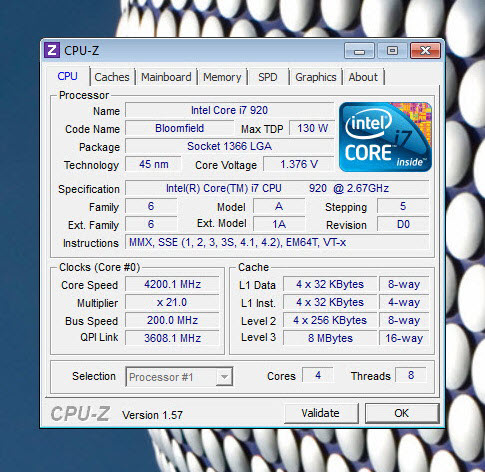

TESTING METHODOLOGY
Using a dedicated measurement instrument such as a Chroma or a SunMoon for power supply testing is without doubt the most ideal and accurate way (not to mention fastest) to do that currently. However it's certainly not the only way there is and so pretty much anyone can test a power supply just by using his own computer. Certainly limitations do apply and so you can't really test a 1000W power supply if your system only uses 500W at extreme loads and that's why during the past 5 years i have saved certain hardware components for the purpose of building a PSU test rig. True it may not be as accurate as the above mentioned solutions but it comes really close and is in fact closer to real. So as always we ran several games with maximum graphic options enabled at a resolution of 2560x1600 in order to stress every hardware component and increase the overall power demands of the system. The Passmark BurnIn Test was also used to overstress the components in an effort to provide the most accurate results possible. As a final test we also used the latest OCCT 4.0 software and its dedicated PSU testing suite since it can really bring a power supply to its knees after even just a few minutes.
Rail stability was checked/measured with the CPUID Hardware monitor and a Metex multimeter which also recorded the system load in idle and in load. As always try to remember that the power consumption numbers listed in the graph are the highest (Peak) ones recorded during the entire duration of the tests and not the average (Idle) ones. Noise levels coming from the fan were recorded using the high precision HD600 ExTech Sound dBA Meter from the rear of the unit and at a range of no more than 5cm. Readings under load are recorded the exact moment we manually switch all graphics cards from full speed to idle, that way the fan of the power supply does not have enough time to slow its RPM and so by doing this we get very accurate noise level readings. To get 100% accurate readings you need to have a noise isolated room for that exact purpose, something which is quite impossible unless you are working inside a real lab (some people use very small noise insulated boxes but due to their size both heat and noise exceed normal levels and so the results can't really be considered 100% accurate). Also do take into account that since all noise measurements take place from just 5-10cm away the final noise levels to reach your ears will be far less.
TEST RESULTS
RAILS

Voltage stability may not be excellent (especially with the 12v rail) but it's still quite good.
CONSUMPTION

We managed to squeeze a total of 839W from the unit without the slightest issue.
SPL

Yate Loon reports a maximum noise level of 48.5dBA for their 140mm fan so since we didn't even cross the 40dBA mark my guess is that LEPA has set the fan to work with much less than its 2800RPM.
CONCLUSION
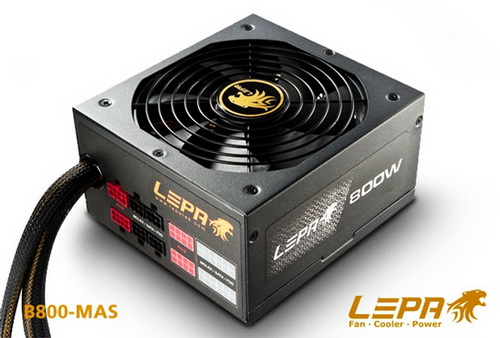
Since pretty much every single unit manufactured by Enermax/LEPA that has ever reached our test bench in our lab has turned out to be from very good to excellent in terms of performance/quality and also because we've never encountered anything wrong with them i didn't really expect for the B800-MAS to produce anything less than solid results and i was right on the spot. Of course i would had liked to see a more tight result with the 12v rail but even so the overall results were quite good for an 80 Plus Bronze certified PSU of its target audience and price. On top of that also add both the extremely low noise levels emanating from the 140mm fan and the flat modular cables and you got yourself a very good all-around performer.
With a current price tag set at around USD110 inside the USA and 90Euros inside the EU the B800-MAS 800W by LEPA is amongst the most cost effective 80 Plus Bronze certified units in the market at the same power output. Of course the price gap between the B800-MAS and similar 80 Plus Bronze units is not that great but it is there and coupled with the unit’s performance which is quite good, the flat modular power cables which should help a lot with cable management and the almost inaudible 140mm fan this mid-level PSU comes highly recommended by us. Rail stability however (12v) could be better and because of that the B800-MAS receives our Golden Award.

PROS
- Build Quality
- Good Overall Performance
- Almost Inaudible
- Flat Modular Power Cables
- 80Plus Bronze Certified
- Price (For Some)
CONS
- 12v Rail Stability
